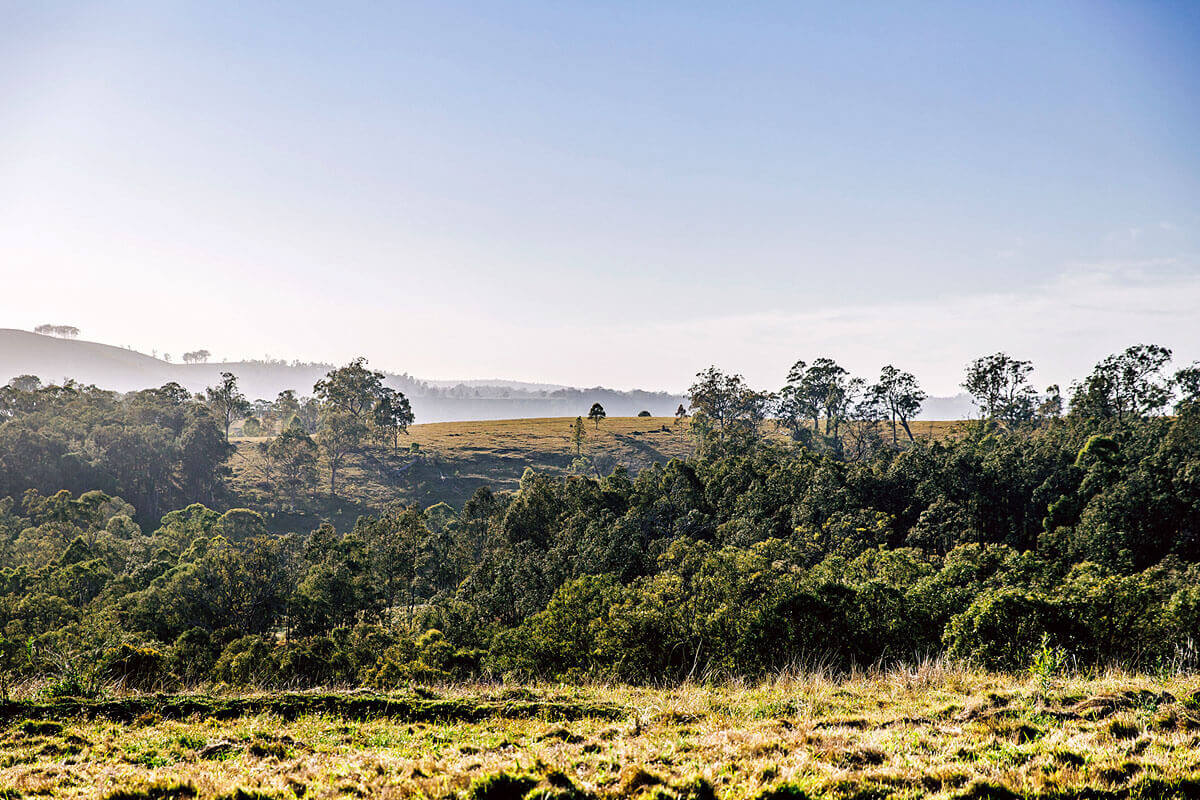Bush Fire Prone Land Package
In January 2020, the NSW Bushfire Inquiry recommended moving to a risk-based strategic planning approach when planning for bushfires.
To address this recommendation, the department, in partnership with the NSW Rural Fire Service (RFS) and NSW Reconstruction Authority, has developed a draft NSW Bush Fire Policy for Land Use Planning and supporting Bush Fire Prone Land Package.
The package is intended to improve the integration of bush fire into strategic land use planning, respond to climate change, decrease the cost of recovery and rebuilding, and ensure our communities are resilient to bush fires through changes in the NSW Planning system.
The package was on exhibition for public feedback from 3 – 30 July 2024, after extensive consultation with stakeholders. The package included:
- Draft Bush Fire Policy for Land Use Planning (the Policy)
- Draft (updated) local planning direction 4.3, Planning for Bushfire Protection (the Direction)
- Draft (updated) bush fire planning system circular (the Circular)
- Frequently Asked Questions on Draft Bush Fire Prone Land Package
Have your say
The public exhibition for the Bush Fire Prone Land Package is now closed.
You can still view the draft Bush Fire Prone Land Package on the NSW Planning Portal.
The feedback provided will be carefully reviewed to inform improvements to the NSW planning system and finalise the package.
If you have any questions, email the Bushfire Planning team at [email protected]
Planning for bushfire protection
The NSW Rural Fires Service document titled Planning for Bush Fire Protection (PBP) provides the framework for development located on bushfire prone land in NSW. From 1 March 2020, PBP 2019 has replaced PBP 2006.
All development on bushfire prone land must meet the requirements of PBP 2019, unless the consent authority has consulted with the NSW Rural Fire Service. A bushfire safety authority, under section 100B of the Rural Fires Act 1997, must be obtained from the NSW Rural Fire Service for subdivision and special fire protection developments on bushfire prone land.
Councils must consult the NSW Rural Fire Service when preparing draft local environmental plans for land identified as being bushfire prone.
Development applications lodged but not determined before 1 March 2020 will continue to be assessed against the provisions of PBP 2006.
Development controls in urban release areas
In 2014 the NSW Government streamlined bushfire planning regulations to reduce red tape with bushfire assessments and speed up approvals for housing developments, whilst ensuring safety remains the number one priority. The changes apply only to new urban release areas in 40 NSW local government areas and do not apply to existing developments in bushfire prone areas.
Standards for bushfire hazard reduction for coastal wetlands
Buildings less than 20 metres from boundaries outlined in the SEPP 14 – Coastal Wetlands may be exposed to a potential fire hazard and so hazard reduction activities may be imposed to protect life and property. The Standards for Bush Fire Hazard Reduction Works in SEPP 14 – Coastal Wetlands (the Standard) (PDF, 822 KB) has been developed to ensure that any bushfire hazard reduction will have minimal impact on the environment.
Following the repeal of SEPP 14 in 2018, coastal wetlands are now identified by State Environmental Planning Policy (Coastal Management) 2018 (CM SEPP). Accordingly, an update to the standard is underway.
Until this update has been completed, the standard continues to apply when undertaking critical bushfire hazard reduction works in coastal wetlands. However, councils, government agencies and landowners undertaking these works should refer to coastal wetland boundaries as shown on revised mapping prepared in support of the CM SEPP. For the purpose of the standard, ‘coastal wetlands’ does not include the area mapped as ‘Proximity Area for Coastal Wetlands’.
Detailed interactive maps can be accessed via the Coastal Viewer.
Resources
- Environmental Planning and Assessment Amendment (Bush Fire Prone Land) Regulation 2014 (PDF, 37 KB)
- Local government areas where the bushfire regulations may apply (PDF, 210 KB)
- Planning changes for bushfire affected areas – Frequently asked questions (PDF, 604 KB)
- Planning circular – PS 13-003 – Proclamation of certain provisions of the EP&A Amendment Act 2012 ( (PDF, 52 KB)
- Planning circular – PS 13-006 – Changes to the assessment of development on bushfire prone land and bushfire prone land mapping (PDF, 272 KB)
- Practice Note – Changes to the assessment of development on bushfire prone land and bushfire prone land mapping in urban release (PDF, 445 KB)
- Reduced red tape means $800 saving for new home builders – Media release (PDF, 100 KB)
More information
For more information, go to Bushfire maps for urban release areas.
